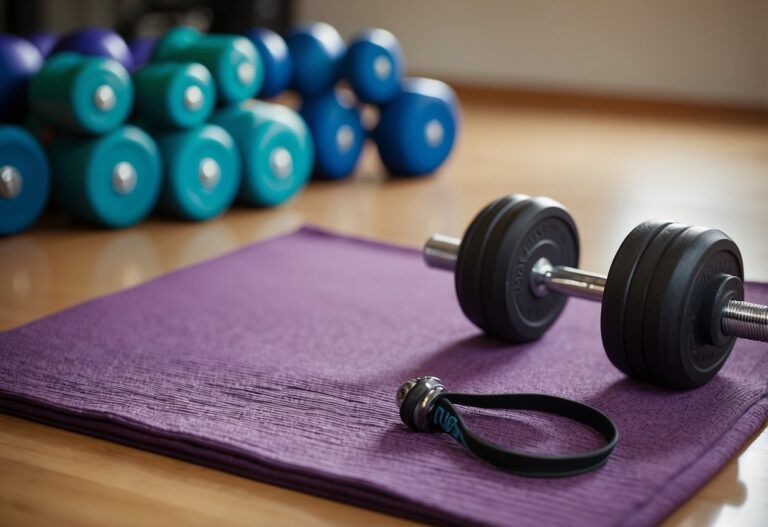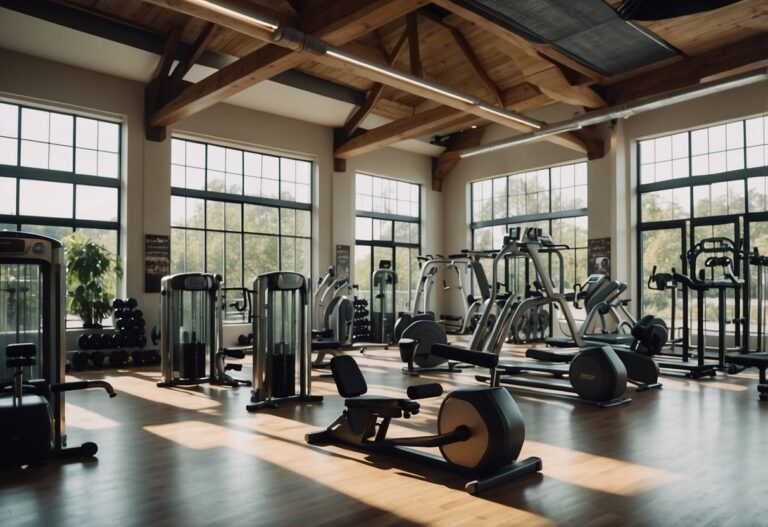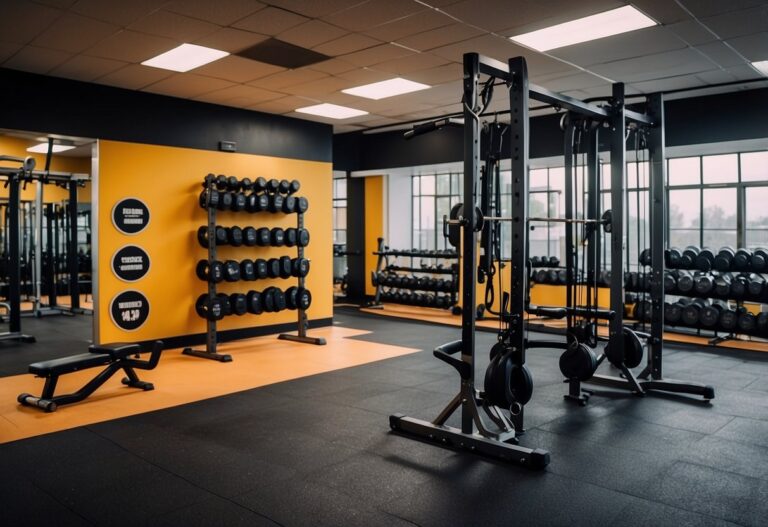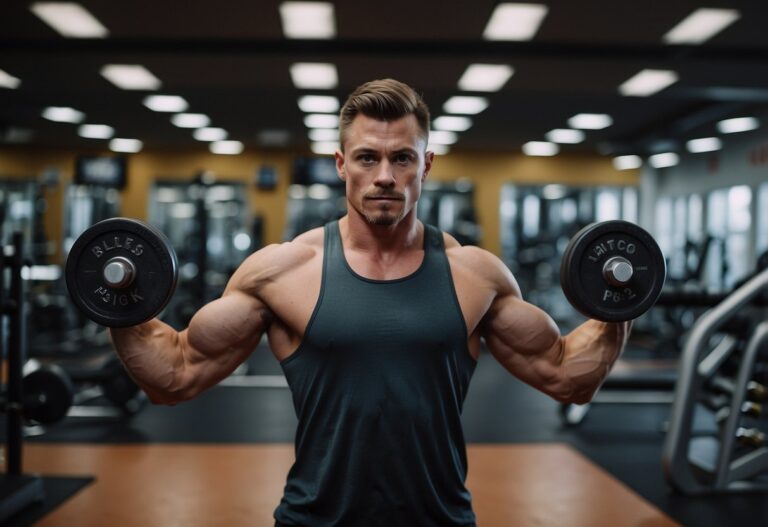Embarking on a push workout routine can be a game-changer for your fitness journey. Whether you’re aiming to build muscle, increase strength, or just improve your overall fitness, incorporating push exercises into your regimen can offer immense benefits. Understanding how to effectively integrate push workouts into your routine can help you maximise your gains and reach your fitness goals more efficiently.
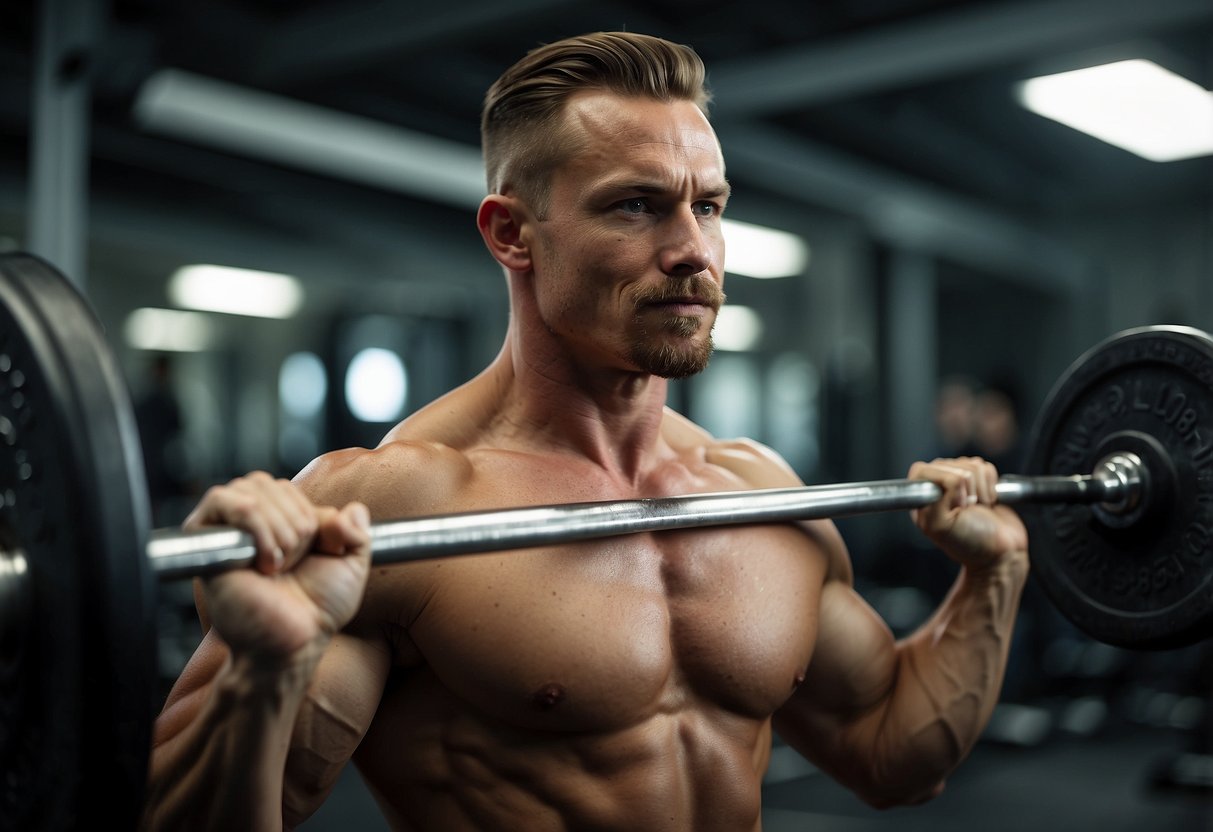
Exploring a variety of push exercises allows you to target multiple muscle groups, including your chest, shoulders, and triceps. These workouts can be tailored to suit your fitness level, making them suitable for beginners and more advanced athletes alike. By focusing on proper form and progressively challenging yourself, you can see noticeable improvements in your strength and muscle tone.
Warm-up effectively
Warming up is key to any push workout. Start with jumping jacks. Three sets of 20 will get your heart rate up and muscles ready.
Next, try some bodyweight squats. Do three sets of 8-12. This activates your legs and core.
For your shoulders, shoulder circles are great. Do 30 circles in each direction, both backward and forward.
Cuban Press exercises are also effective. Perform 2 sets of 10 to engage your shoulder muscles.
Finally, complete a few triceps stretches. Hold each stretch for 15 to 30 seconds to keep your arms flexible.
Focus on Compound Movements

When you plan your push workout, start with compound movements. These exercises work multiple muscle groups at once. Bench press and overhead press are great examples.
Using compound exercises can save time. You work more muscles in fewer moves. This can help you build strength and burn more calories.
For example, doing a bench press targets your chest, shoulders, and triceps. In contrast, isolation exercises like a tricep extension only work one muscle group. Compound movements make your workout more efficient.
Another benefit is that compound movements can help with overall stability. Keeping your core engaged during these exercises can improve balance and coordination too.
Try starting your push day with 3 sets of bench presses. Then, move to an overhead press for another 3 sets. This strategy ensures you hit multiple muscle groups effectively.
Bench Press Variation
Tired of the same old bench press routine? Mixing in different variations can add some excitement and help you target different muscle groups for better overall development.
The Incline Bench Press focuses on the upper chest and shoulders. Adjust the bench to a 45-degree angle and press the barbell from your chest height.
Try the Decline Bench Press to work on the lower part of your chest. Set the bench to a decline and press the barbell from a lower angle than usual.
The Close-Grip Bench Press is great for your triceps. Keep your hands closer together on the bar, about shoulder-width apart, and push.
Explore the Dumbbell Bench Press. Using dumbbells can help improve muscle balance and engage stabiliser muscles. It also allows for a greater range of motion compared to a barbell.
Engage your lower chest with the Wide-Grip Bench Press. Place your hands wider apart on the barbell, which shifts some of the emphasis from the chest to the shoulders and arms.
To spice up your workout further, consider the Paused Bench Press. Lower the barbell slowly to your chest, hold for a second to eliminate momentum, and then press it back up powerfully.
Adjust your routine to include these variations, and you’ll likely see improvements in strength and muscle development. Start experimenting with these techniques, and see which ones work best for your goals. For more details, check out these bench press variations.
Incline Dumbbell Press
The incline dumbbell press is a great exercise to target your upper chest. Adjust the bench to an angle between 30 and 45 degrees. Lie back with your feet flat on the floor. Hold a dumbbell in each hand at shoulder level.
Push the dumbbells upward until your arms are fully extended. Lower them back down slowly.
Remember to keep your movements controlled. This helps to maximise muscle engagement and reduce injury risk. Try adding this exercise to your routine twice a week for noticeable results in your chest development.
Tricep Dips
Tricep dips are a brilliant exercise for building stronger, more defined arms. You’re mainly working your triceps, but you’ll also engage your shoulders and chest.
To do tricep dips, find two chairs. Position them facing each other about 3 feet apart. Sit on the edge of one chair, grip it with your hands, and place your heels on the other chair.
Use your triceps to lower your body until your elbows are bent at about 45 degrees, then push back up. Remember to keep your elbows tucked in to fully engage your triceps.
Adding tricep dips to your push workout can help you see results faster. They are highly effective for engaging the triceps compared to other exercises.
Overhead Shoulder Press
The overhead shoulder press is a key exercise for building strong shoulders. It targets the deltoids, traps, and triceps.
Start by standing with your feet shoulder-width apart. Hold the barbell at shoulder height with your palms facing forward. Press the barbell overhead while tilting your head slightly back. This ensures a smooth movement upwards.
Engage your core to maintain balance. This helps in stabilising the weight and preventing injuries.
If you’re new, start with lighter weights. Gradually increase as you build strength. The barbell overhead press is great for overall upper body strength.
Lateral Raises
Lateral raises are fantastic for building shoulder strength and definition. This exercise targets the deltoid muscles, especially the middle part.
To perform lateral raises effectively, start by holding a dumbbell in each hand. Your arms should hang by your sides, with a slight bend in the elbows.
Engage your core to maintain stability. Raise your arms to the side until they are at shoulder height. Make sure to lift in a smooth, controlled motion.
Remember, it’s important to avoid using momentum; focus on using your muscles to lift the weights. Lower the dumbbells back down slowly.
For an added challenge, try seated lateral raises. This variation helps prevent any swinging motion, keeping your form strict.
Incorporate Push-Ups
Push-ups are a fantastic addition to any workout. They target multiple muscle groups, including the chest, shoulders, triceps, and core.
Start with the basics. If you’re new to push-ups, begin with knee push-ups or box push-ups. These variations allow you to build strength gradually.
Once you get comfortable, try different variations. Standard push-ups work well, but to keep progressing, switch it up. Try incline push-ups or decline push-ups for a challenge.
Push-ups can be done anywhere. No equipment is required. Whether you’re at home or at the gym, you can easily fit them into your routine. For proper form, keep your body in a straight line and avoid letting your hips sag. This ensures you’re working the right muscles effectively.
Tricep Pushdowns
Tricep pushdowns are a fantastic exercise to strengthen and build your triceps. They’re quite straightforward and can be adjusted to fit any fitness level.
To start, stand facing a cable machine. Grab the bar or rope attachment with an overhand grip. Your hands should be about shoulder-width apart.
Keep your elbows tucked close to your sides. This helps to target the triceps and avoid using your shoulders. Then, push the bar down until your arms are fully extended but not locked.
Remember to breathe! Exhale as you push down and inhale as you return the bar to the starting position. Keeping a slight bend in your knees can help stabilise your body.
For more variety, consider the reverse grip triceps pushdown. This involves using an underhand grip, which can target different parts of the triceps.
Another tip is to slightly lean forward from your hips, which helps in maintaining form. Your elbows should stay in place as you push the bar down.
You’ll feel a burn in your triceps if you’re doing it right. Keep the motion smooth to avoid injury. Always focus on form more than how much weight you’re lifting.
Tricep pushdowns are versatile and effective, making them a great addition to your push workout routine.
Chest Flyes
Chest flyes are a staple in any push workout. They mainly target your pectoral muscles, helping you build a broad chest.
When you perform a chest fly, you’re not just pushing weights but stretching and contracting your chest muscles. This can help you gain muscle mass and improve chest definition.
Chest flyes can be done with dumbbells, cables, or machines. Each variation has its own benefits. For example, cable flyes provide constant tension on your chest muscles throughout the movement.
It’s important to keep your form in check. Lie back on a bench, press the weights above your chest, and keep a slight bend in your elbows. Drive your shoulder blades back into the bench to secure your shoulders.
Doing different fly variations and angles can hit various parts of your chest. This way, you ensure balanced muscle growth and avoid plateaus. For example, changing the height of the pulleys when doing cable fly variations can target different parts of your chest.
Incorporate chest flyes after compound exercises like bench presses to maximise muscle engagement.
Understanding Push Workouts
Push workouts are a crucial part of any fitness routine, especially for those looking to build upper body strength. They focus on training the pushing muscles, which include the chest, shoulders, and triceps.
What Is a Push Day?
A push day is part of a workout split where you focus on exercises that involve pushing movements. These exercises target the chest, shoulders, and triceps. Common push day exercises include bench presses, shoulder presses, and tricep extensions. The structure of a push day is designed to work these muscles effectively, often including both compound and isolation exercises.
A typical push day routine might start with heavy bench presses for overall chest strength. You might then move on to shoulder presses to target the delts. Finish off with tricep exercises like tricep pressdowns. This method ensures balanced growth and strength across all pushing muscles. Understanding this split can help you design more effective workout plans.
Benefits of Push Workouts
Push workouts offer several benefits that contribute to your overall fitness. Firstly, they increase upper body strength by targeting major muscle groups. Regularly performing push exercises can help improve your bench press and shoulder press.
Secondly, these workouts enhance muscle definition. By focusing on specific muscles like the chest and triceps, you can achieve a more toned appearance. Lastly, push workouts improve workout efficiency. By combining muscles that work together, you maximise the productivity of your training sessions.
Another advantage is the prevention of injuries. Strengthening the chest, shoulders, and triceps helps support proper posture and reduces the risk of shoulder injuries. This makes push workouts not just about aesthetics but also about maintaining long-term joint health.
Key Muscle Groups in Push Workouts
Push workouts focus on exercises that activate the chest, shoulders, and triceps. These muscles work together to perform pushing movements and are essential for building upper body strength and size.
Chest
The chest muscle, or pectoralis major, is a key muscle in push workouts. Bench press and dumbbell flyes are great exercises to target this area. These activities work to build the size and strength of your chest.
Incline presses can focus more on the upper chest, which helps create an even, well-rounded look. Using both compound movements like the bench press and isolation exercises like flyes can lead to balanced development. Remember, using a full range of motion can maximise muscle engagement and growth.
Shoulders
Shoulders play a crucial role in almost all push exercises. The main muscles here are the deltoids, divided into front, middle, and rear sections. Seated dumbbell overhead presses and dumbbell lateral raises are essential for building strength and size.
Front delts are activated with pressing movements, while lateral raises target side delts. A balanced shoulder workout involves training all parts of the deltoid for stability and strength. Working your shoulders can improve your posture and overall upper body aesthetics.
Triceps
The triceps make up a large part of your upper arm and are essential for pushing movements. Triceps pressdowns and overhead triceps extensions are excellent for isolating and developing this muscle group.
Dips and close-grip bench press are compound movements that also engage the triceps effectively. Training your triceps not only enhances arm size but also improves compound lifts like the bench press. Consistent tricep workouts can lead to better overall upper body power and endurance.
Focus on these key muscle groups during your push workouts to optimise strength and muscle gains. Using a variety of exercises ensures balanced development and prevents muscular imbalances. Aim to include both compound and isolation movements in your routine.


